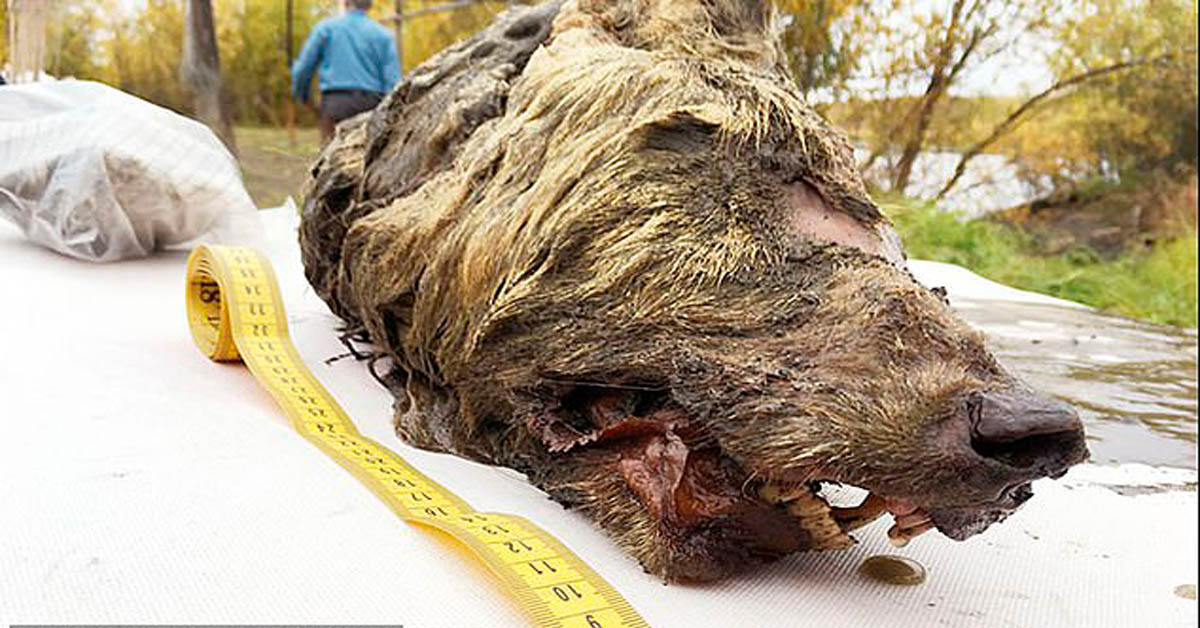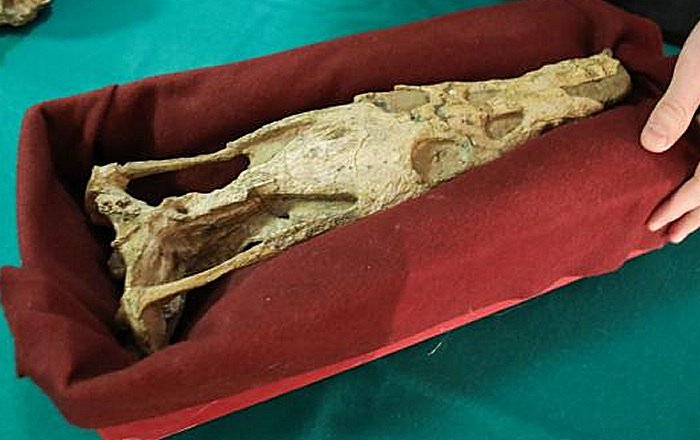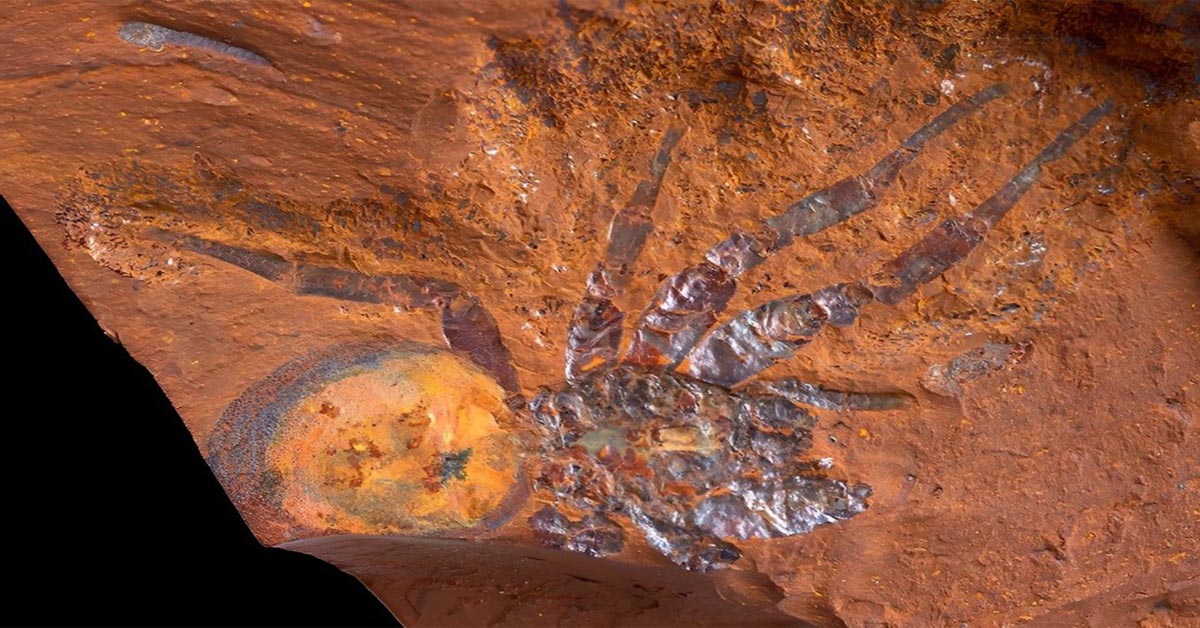This Giant Severed Wolf Head From 40,000 Years Ago Was Unearthed in Siberia
The severed head of a large ice age wolf which lived 40,000 years ago and found perfectly preserved in permafrost in Siberia has been unveiled by Russian and Japanese scientists.

The sensational find is believed to be the world’s first full-sized Pleistocene wolf, and due to the high quality of preservation, provides new insight into the extinct species.
Large teeth, the hair, ears and bones are all well preserved, and even the brain of the animal is in good condition, according to the Siberian Times, which first broke the story.
The head was discovered buried near the banks of the Tirekhtyakh river in the Yakutia region of Siberia last year by locals hunting for mammoth tusks, which can be sold for large sums.
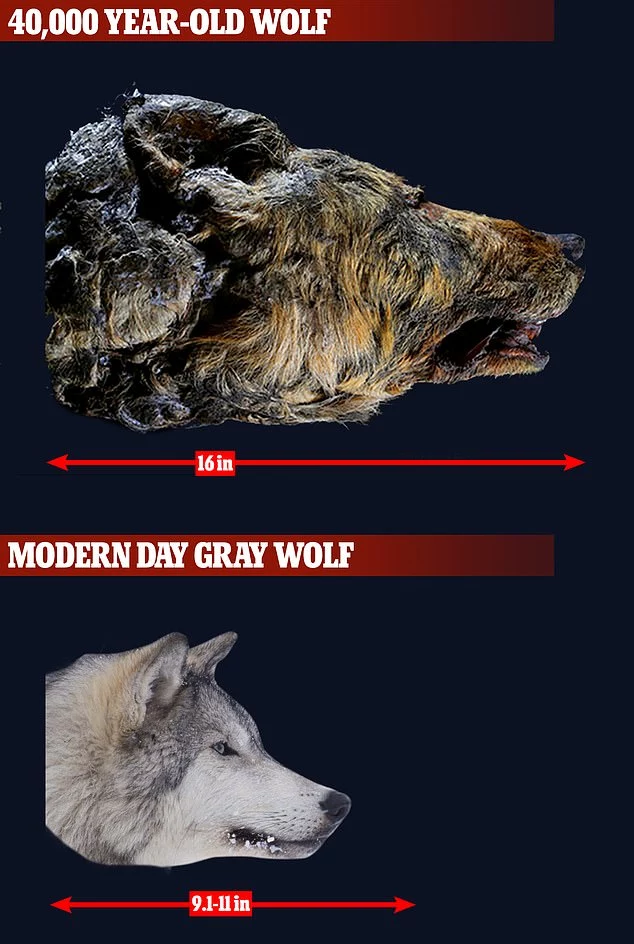

Though the animal’s head is severed, at this stage scientists have suggested this was likely to have been done by shifting ice rather than at the hands of a hunter. Human species are not believed to inhabited this region until much later.
It is not clear if the wolf, which is estimated to have been between two and four years old when it died, would have been larger or smaller than contemporary wolf species, though scientists said it had stronger jaws which enabled it to kill bigger animals, including bison.
The 40-centimetre head was put on public display at a woolly mammoth exhibition in Tokyo last week.
Dr Albert Protopopov, head of mammoth fauna studies at the Yakutia academy of sciences told the Siberian Times: “This is a unique discovery of the first ever remains of a fully grown Pleistocene wolf with its tissue preserved. We will be comparing it to modern-day wolves to understand how the species has evolved and to reconstruct its appearance.”
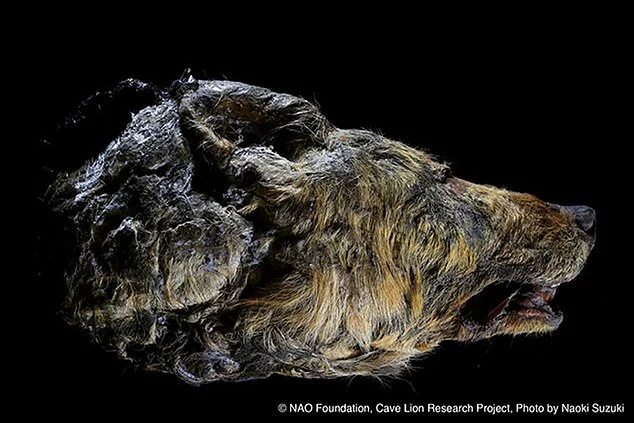

Addressing those who suggested the head resembled that of a bear, Dr Protopopov said: “It is definitely a wolf. Maybe the hair colouring makes people think it is a bear, but actually it is quite strange to hear, as morphologically this is a very typical wolf.
“Yet when we made CTA scans of the wolf, we found out there are some peculiarities.
“Some parts of the skull are more developed than in modern wolves.”
He added: “We want to find out if this represents the individual characteristics of this very specimen or if this can be a wolf sub-species, given the different environment in which these animals lived.”
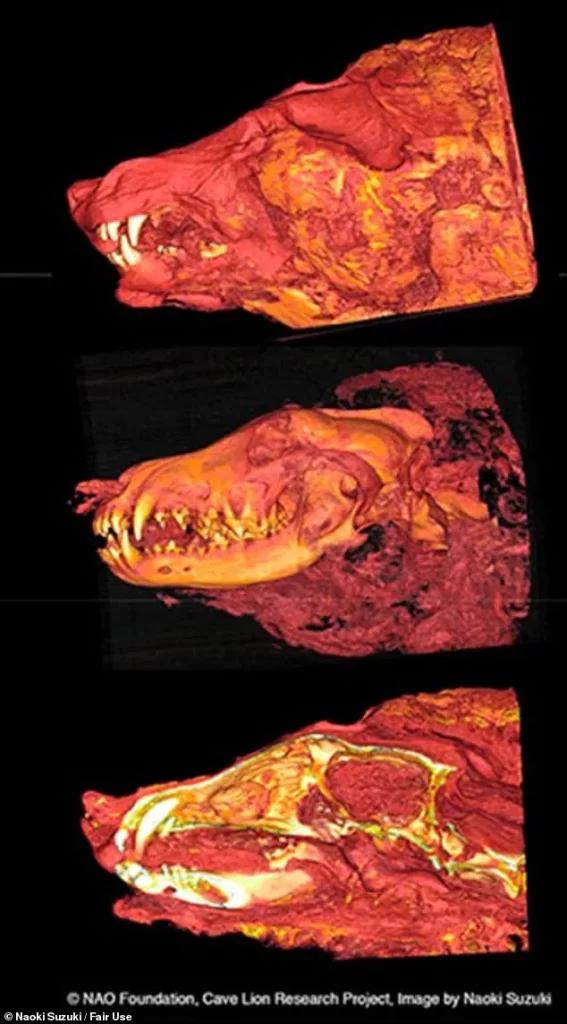
He said he was doubtful the specimen was a direwolf – an extinct species which populated North America at the end of the Pleistocene and which at the time was joined to Siberia by a land bridge.
“I would say it was not a direwolf, but we are not ready to give exact size of this wolf when it was alive.

